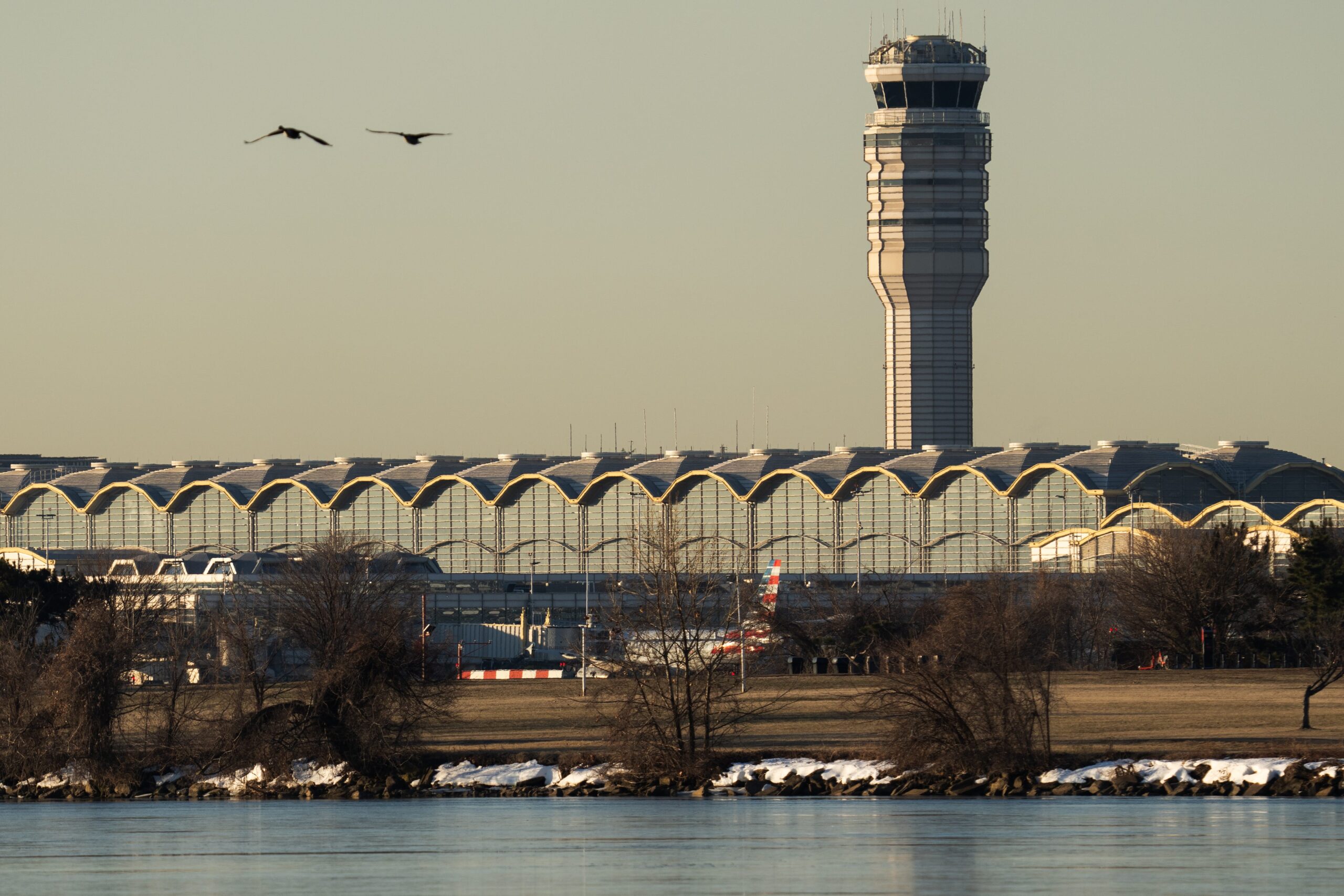
FAA Probes Phantom Obstacle Alerts at Reagan National Airport
The Federal Aviation Administration (FAA) has launched an investigation into a series of alarming incidents at Ronald Reagan Washington National Airport (DCA) on Saturday. Multiple pilots preparing to land reported receiving erroneous onboard warnings indicating the presence of potential obstacles, specifically other aircraft, in their designated flight paths. These phantom alerts triggered significant concern and prompted some flight crews to execute go-around procedures, a safety maneuver where the landing is aborted and the aircraft climbs back to a safe altitude.
The FAA confirmed the investigation in a statement released to USA TODAY. The agency stated that several flight crews approaching Reagan National were presented with onboard alerts suggesting the proximity of another aircraft, despite the absence of any other aircraft in the immediate vicinity. The root cause of these false warnings remains unknown, and the investigation aims to pinpoint the source of the malfunction and prevent future occurrences.
Thankfully, no injuries or other adverse consequences were reported as a result of the erroneous alerts. Despite the lack of physical harm, aviation experts have expressed concern over the unusual nature of the incident. Robert Sumwalt, former chair of the National Transportation Safety Board (NTSB), described the situation as highly atypical. "I’ve never heard of something like this," Sumwalt told CBS News, which initially broke the story. He acknowledged the occasional occurrence of nuisance alerts, but emphasized the unprecedented nature of multiple aircraft experiencing the same false warning in the same geographical location.
Despite the unsettling nature of the alerts, initial reports indicate that pilots adhered to established safety protocols upon receiving the warnings. Their quick decision-making and execution of go-around procedures prevented any potential close calls or dangerous situations. The pilots’ adherence to safety procedures underscores the importance of comprehensive training and the ability to respond effectively to unexpected events.
The incidents at Reagan National Airport come at a time when the airspace surrounding the airport is already under increased scrutiny. This heightened attention stems from a mid-air collision in January involving an Army Black Hawk helicopter and an American Airlines regional jet preparing to land at the airport. While that incident involved actual aircraft, Saturday’s phantom alerts highlight a different, but equally concerning, potential vulnerability in the aviation safety system.
The FAA’s investigation will likely focus on several key areas to determine the cause of the faulty alerts. These areas include:
-
Radar System Integrity: Investigators will examine the radar systems used to track aircraft in the vicinity of the airport. They will assess whether any malfunctions or anomalies within the radar system could have generated the false readings that triggered the alerts. This could involve examining the radar hardware, software, and signal processing algorithms.
-
Aircraft Transponder Performance: Transponders are devices on aircraft that broadcast identifying information, including altitude and position, to air traffic control and other aircraft. Investigators will analyze the performance of the transponders on the affected aircraft to ensure they were functioning correctly and not transmitting erroneous data.
-
Ground-Based Navigation Systems: Ground-based navigation systems, such as instrument landing systems (ILS), provide pilots with guidance during approach and landing. Investigators will verify the accuracy and reliability of these systems to rule out any potential interference or malfunctions that could have contributed to the false alerts.
-
Software and Data Processing: Modern air traffic control systems rely heavily on complex software and data processing algorithms. Investigators will examine the software code and data processing procedures to identify any potential bugs, errors, or vulnerabilities that could have caused the system to misinterpret data and generate false alerts.
-
External Interference: While less likely, investigators will also consider the possibility of external interference, such as radio frequency jamming or spoofing, that could have disrupted the radar or navigation systems. This would involve analyzing the radio frequency spectrum in the area to detect any unusual signals or interference patterns.
The findings of the FAA’s investigation will be crucial in implementing corrective measures to prevent similar incidents from occurring in the future. These measures could include upgrades to radar systems, software patches, enhanced pilot training, or modifications to air traffic control procedures. The safety of air travel depends on the reliability and accuracy of the systems used to track and guide aircraft, and any malfunction that compromises this reliability must be addressed promptly and effectively.
The potential consequences of repeated false alerts are significant. Over time, pilots may become desensitized to the alerts, potentially leading them to disregard genuine warnings. This could create a dangerous situation where a pilot fails to react appropriately to a real threat. Therefore, it is imperative that the FAA thoroughly investigate the cause of these alerts and take steps to restore confidence in the safety systems that pilots rely on.
Zach Wichter, a travel reporter and author of the Cruising Altitude column for USA TODAY, is following the investigation closely. He can be reached at [email protected] for further information or inquiries. His expertise in the aviation industry will provide valuable insights into the investigation’s progress and potential implications for air travel safety.
